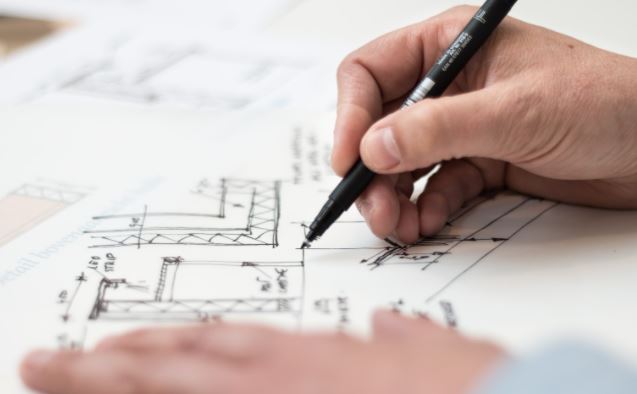Guest Post by Hubert Dwight
Just as the world wars impacted architectural and clothing trends, we watch in interest to see the different ways that the pandemic is affecting architectural trends in Australia.
What are some of the key trends that you can expect to see in architecture in 2021?
Here are five new directions that you are likely to come across in the industry:
A Focus on Raw Materials
The industrial and rustic aesthetic has been trending for several years now, and it continues to be on-trend in 2021.
You can expect to see new and modern examples of exposed steel beams and the use of copper and glass within architecture.
For models from years gone by, think the Bell Tower’s copper sails in Perth, the exposed steel frame of the Exchange Tower, one of the best serviced offices in Melbourne, and the striking concrete exterior of Eddie Koiki Mabo Library in Townsville.
Energy Efficiency
We are sure to see an uptick in renewable energy generation, such as solar panels on people’s roofs, wind turbine energy, and heat pumps.
We can also expect to see energy-efficient designs come into play.
These designs will include high-quality insulation to minimise the required output for heating and cooling.
They will also have smart window and door placement for ventilation and the use of double or triple glazed glass or shutters and awnings to minimise the need for air conditioning.
Several passive architectural strategies have been used in recent years that we will continue to see.
These include the orientation of the facade, room arrangement, and how urban planners approach street widths and building heights.
Integration of Recycled and Sustainable Building Products
As well as embracing a natural and raw aesthetic, there will be a focus on sustainable materials.
Many architects will incorporate aspects such as locally obtained stone and rock, sustainably harvested wood, bamboo, and rammed earth bricks.
To be classified as a sustainable material, a product must be renewable or recycled and be able to be disposed of at the end of its life cycle in an environmentally friendly manner.
Recycled or upcycled parts like secondhand windows, doors, hardware and mantels will also be popular.
While there isn’t currently a cohesive and consistent sustainability criterion, consumers are increasingly savvy and interested in their impact on the Earth.
Home Office Spaces
With the world of work undergoing a fundamental shift, more people than ever are working from home.
On top of this, many parents have had to home school their children unexpectedly.
Given these factors, the home office is in high demand.
Home office nooks and rooms will become more common when looking at floor plans, and architects will be considering how to ensure limited space works for all family members to be spending more time at home.
Integrating Green Space
COVID-19 has also left people lusting after a leafy backyard.
While we have always seen indoor/outdoor living as quintessentially Australian, city dwellers didn’t always have easy access to green space. . . .but this year, architects will be working towards a reinvention of the inner city.
They will look at ways to bring the outside in, even in a highrise apartment. Incorporating plants and greenery has proven benefits for mental health, physical wellbeing, and air quality.
Overall, we can expect to see a focus on the natural and sustainable, with people wanting their home to be an oasis in a time of stress. What trend are you most interested in?
